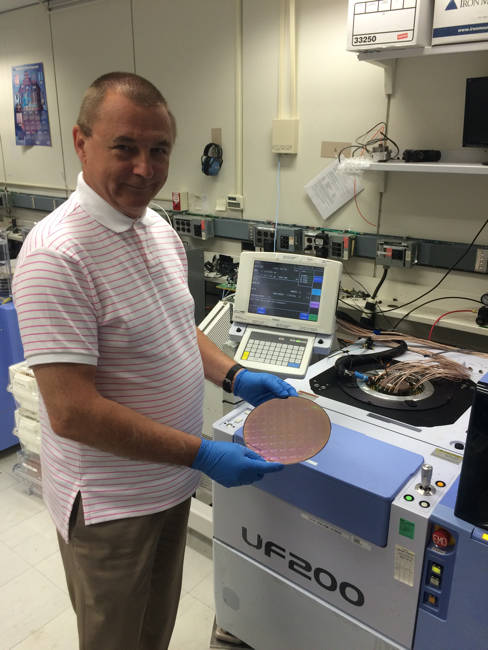This article is more than 1 year old
Just the facts, STT-MRAM: Your DRAM replacement's on its way
Fast switching of super-small magnetic tunnel junctions
Spin Transfer-Torque Magnetic RAM (STT-MRAM) is a future DRAM replacement candidate. It uses one of two different spin directions of electrons to signal a binary one or zero.
IBM and Samsung scientists have published an IEEE paper* demonstrating switching MRAM cells for 655 devices with diameters ranging from 50 down to 11 nanometers in just 10 nanoseconds using only 7.5 microamperes. They say it is a significant achievement towards the development of Spin Torque MRAM.
The authors write that “in the early stages of the development of new STT-MRAM materials, the yields of ultra-small devices are low and standard memory tests are difficult.”
They developed novel digital tests and demonstrated that a single MTJ (magnetic tunnel junction) stack with PMA (perpendicular magnetic anisotropy) materials is capable of delivering "good STT performance down to 11 nm device size.”

IBM scientist Janusz Nowak holds an STT-MRAM wafer.
They write that “STT switching is a complicated dynamic phenomenon which needs to be examined in detail on a large and statistically significant sample to ensure the error-free operation of MRAM devices.” This means that research engineers now have a far better predictor of the likely performance of the STT-MRAM chips they develop. ®
* The IEEE paper is entitled "Voltage and size dependence on write-error-rates in STT MRAM down to 11 nm junction size."
